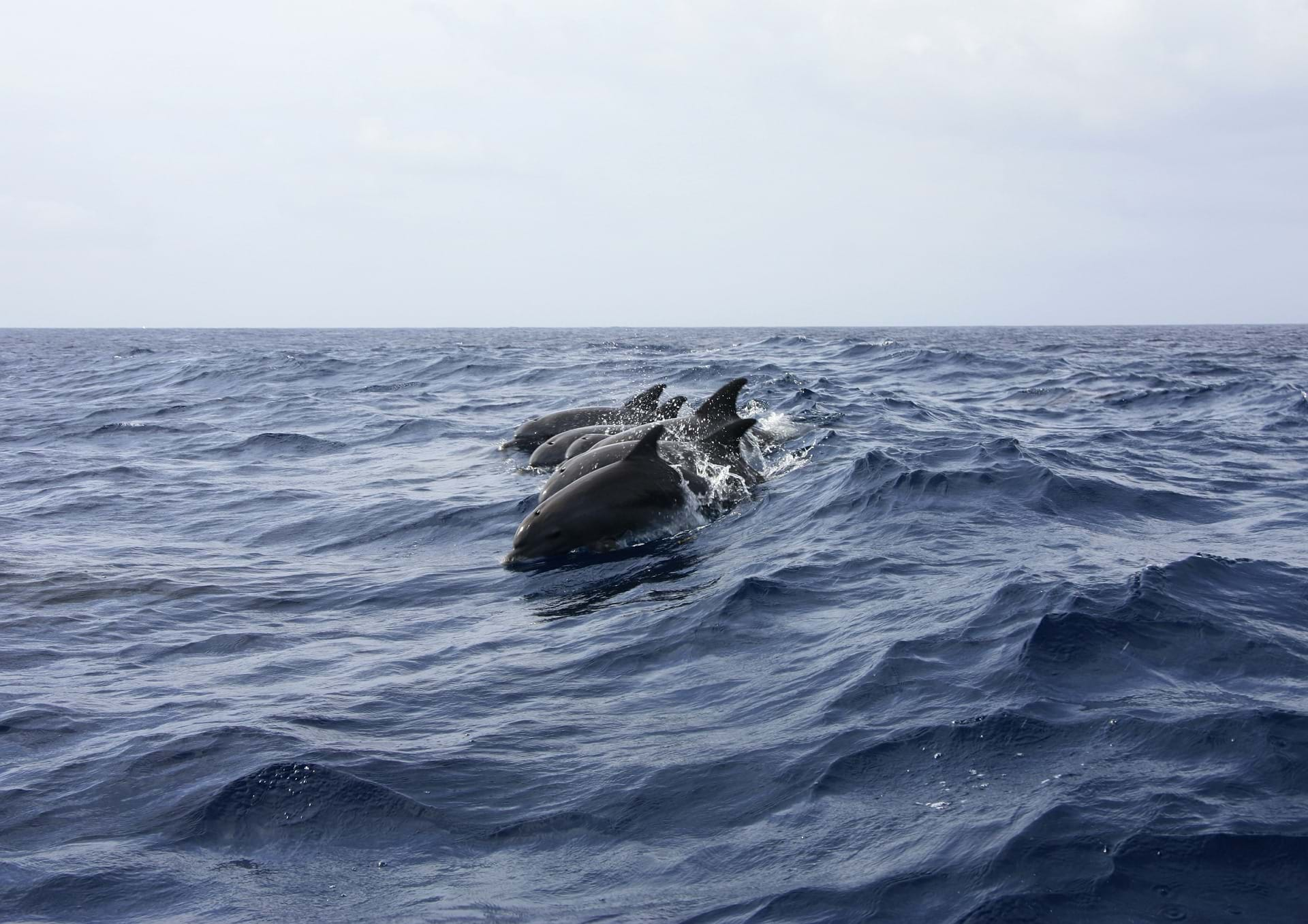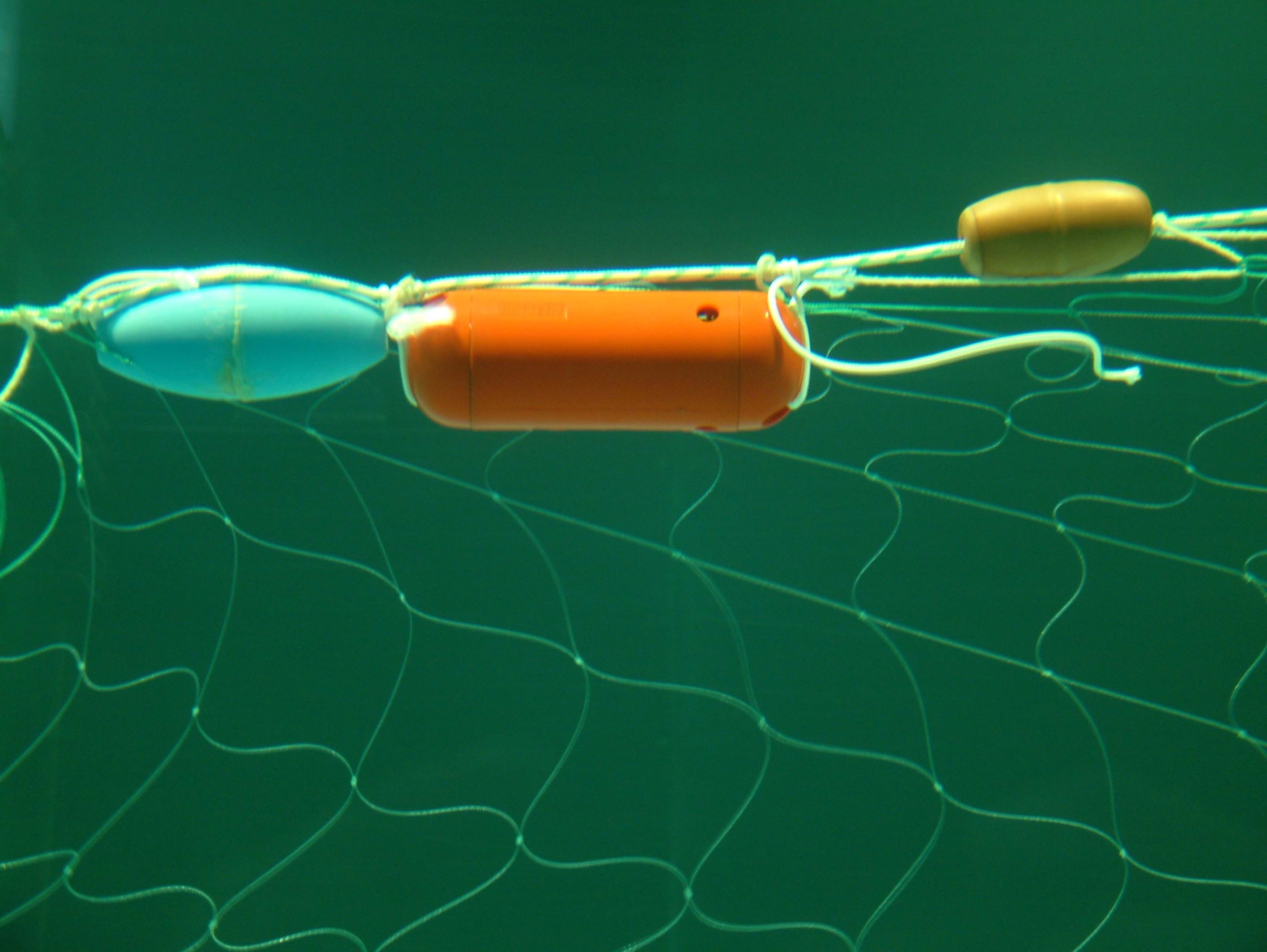Bycatch and protected species
This page has information on
Fishers sometimes catch animals they do not want, cannot sell or are not allowed to keep. This is collectively known as ‘bycatch’. Bycatch can be fish, for example undersized animals, egg-laden females, or non-target species. It also includes other animals such as dolphins, turtles and seabirds that can get hooked or entangled in fishing gear.

Protected or sensitive species include all species officially protected under a wide range of international conventions and legislation. These are defined as species which:
- are legally protected
- are from populations considered vulnerable as assessed by the International Union for Conservation of Nature (IUCN) Red List
- may be considered vulnerable to the effects of fishing activities because of low abundance or life history characteristics which mean their population can withstand limited additional mortality.
A variety of human activities to impact protected species including pollution, offshore development, underwater noise and habitat loss or degradation. However, accidental capture in fishing gear is acknowledged to be one of the most extensive global threats to the conservation of many species.
The legislative and policy drivers for conservation of these species are discussed at a global, national and regional level. An important theme is that fisheries should minimise their effects on protected species through appropriate measures to monitor and reduce bycatch.
Aside from legal requirements, avoiding bycatch is important to fishers for several reasons:
- Minimising the wider environmental effects of fisheries has become important from an ecological and ethical standpoint, and this is reflected in fish market access and reputational issues.
- There can also be significant economic costs to fishers, due to the time taken to remove bycaught species, repair damaged gear and, potentially, subsequent loss of catch.
- Bycatch can also pose a safety issue for fishers when clearing large animals from gear.
- Consequently, bycatch can impact the sustainability of our fisheries, both from species conservation and industry operational perspectives.
The UK Bycatch Monitoring Programme provides dedicated protected species monitoring for some sectors of the UK fleet. Data are analysed and reported at both UK level and internationally via the International Council for the Exploration of the Sea’s (ICES) working groups, who conduct assessments of bycatch levels for protected species. These assessments are typically determined by comparing bycatch estimates against accepted thresholds, or reference points, to determine whether the levels for a given population are of conservation concern. In 2021, ICES assessments indicate that the bycatch of harbour porpoise and common dolphin in the European Atlantic currently exceed the thresholds at which management intervention is required.
Measures to reduce bycatch of protected species of marine mammals, seabirds, turtles and protected fish (including sharks, skates and rays) are described by gear type in UK and Northwest European fisheries. An example of these types of measures is the requirement to use ‘pingers’ in certain UK and EU fisheries. These are acoustic devices that emit sound to alert cetaceans to the presence of the fishing gear. More information on pingers is available a record in our Fishing Gear database which you can access from the link below.

We have produced a guide with more in-depth information on protected species. It includes information on:
- Definitions of protected species
- Legislative and policy drivers
- Protected species of key concern in UK fisheries
- Assessment, management and mitigation
You can download a copy of this guide from the link below.
This document is part of a series of guides looking at issues relating to sustainability and responsible sourcing. You can find other guides on our website from the links below:
-
Understanding sustainability and responsible seafood sourcing
-
Illegal, Unreported and Unregulated fishing
-
Marine Protected Areas (MPAs)
-
Fish stock assessment and management
For further information on bycatch or protected species contact: